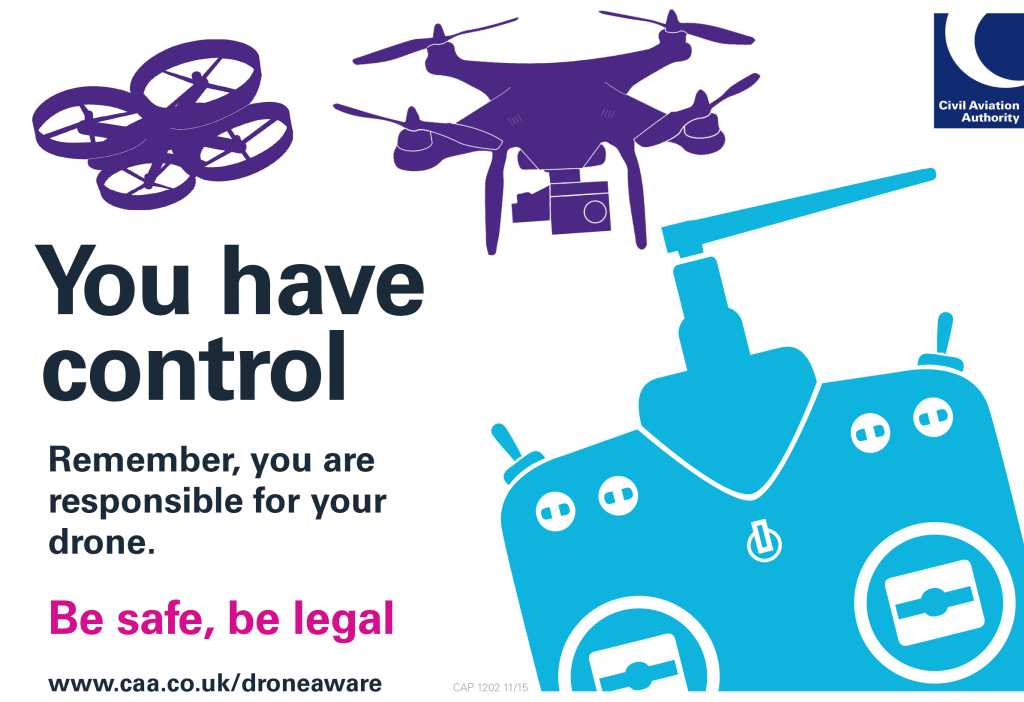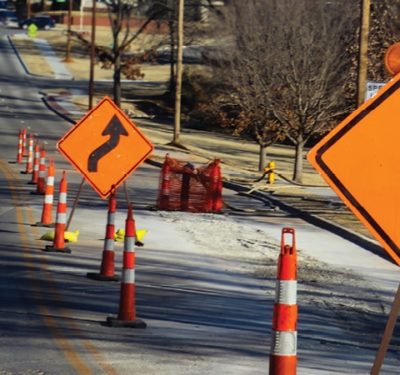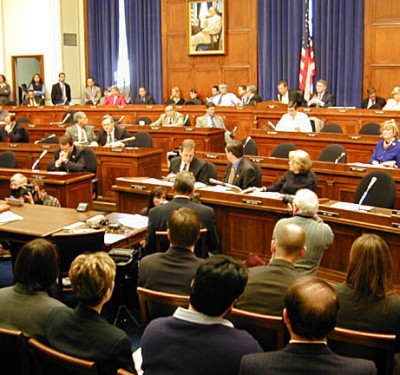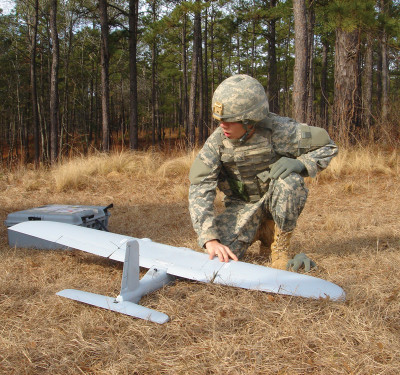The UK Civil Aviation Authority (CAA) has released the “CAP 3015 – Detect and Avoid Policy” document to outline the policy framework for safely integrating Remotely Piloted Air Systems (RPAS) operating beyond visual line of sight (BVLOS) into UK airspace. This document emphasizes the necessity for Detect and Avoid (DAA) systems to replace traditional visual see-and-avoid methods used by human pilots.

A New Era of Aviation Safety
The increasing prevalence of RPAS, or drones, necessitates scalable solutions to manage aviation conflicts and ensure the safety of all airspace users. The CAP 3015 document outlines a comprehensive policy to support the seamless integration of these systems, marking a new era in aviation safety.
The primary objective of the CAP 3015 policy is to establish a robust framework for DAA systems, which are essential for the safe operation of BVLOS RPAS. The document is meticulously structured, covering various aspects such as the scope of the policy, functional requirements, metrics, performance assessments, and consultation questions to gather feedback from industry stakeholders.
The policy’s scope is clearly defined, focusing on the integration of DAA systems for BVLOS operations within the UK. This chapter sets the boundaries and establishes clear requirements and standards for these systems, ensuring that all stakeholders have a shared understanding of the policy’s reach.
The Functionality of DAA Systems
A detailed explanation of the intended functions of DAA systems is provided, emphasizing their critical role in detecting and avoiding potential conflicts with other airspace users. The document discusses how these systems must comply with the Standardised European Rules of the Air (SERA) to ensure seamless integration and explores various levels of automation, from manual intervention to fully automated systems.
Metrics include detection range, accuracy, and response times, ensuring that the systems meet high standards of safety and reliability.
The document also defines various scenarios and encounter sets used to test and assess DAA system performance, along with alerting thresholds and timeline analysis to ensure timely and appropriate responses to potential conflicts. Methods for evaluating the effectiveness of alerting and guidance systems within DAA are also discussed in detail.
Rigorous Requirements for DAA Systems
The CAP 3015 policy sets out comprehensive requirements for DAA systems, focusing on performance, reliability, and data integrity. Specific performance criteria are detailed, including detection accuracy and avoidance capabilities, to ensure that these systems can operate effectively in all conditions. Emphasis is placed on the importance of reliability and availability, ensuring that DAA systems function correctly and consistently. Robust data integrity measures are also highlighted to ensure that accurate and reliable information is used by these systems.
The “CAP 3015 – Detect and Avoid Policy” document marks an advancement in the safe integration of BVLOS RPAS into UK airspace. By establishing clear requirements and performance standards for DAA systems, the CAA is paving the way for a safer, more efficient future in aviation. This policy not only enhances safety but also supports the growth and innovation of the RPAS industry in the UK.






